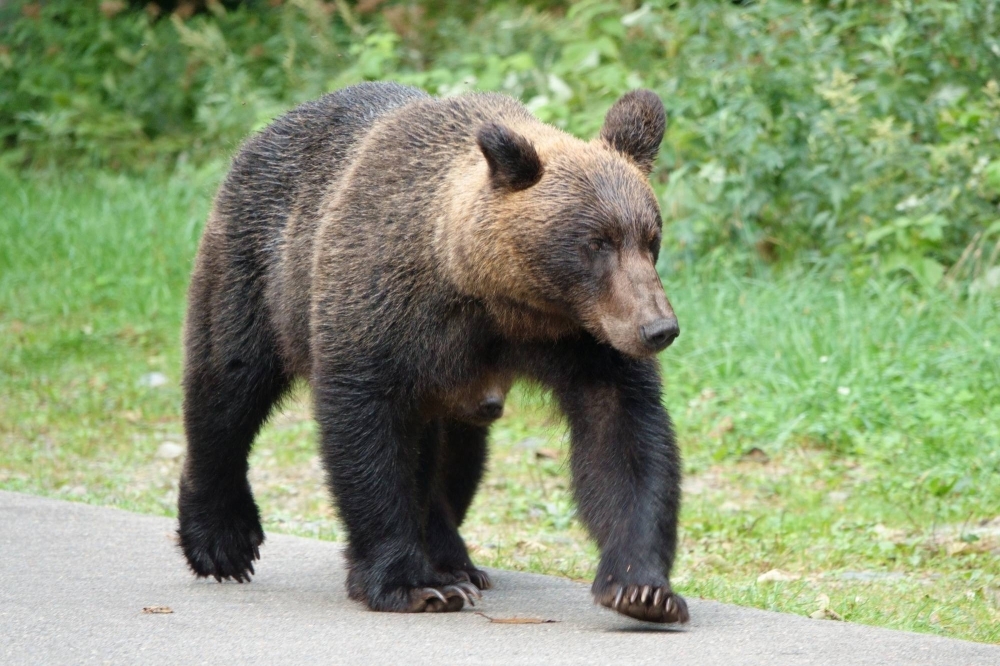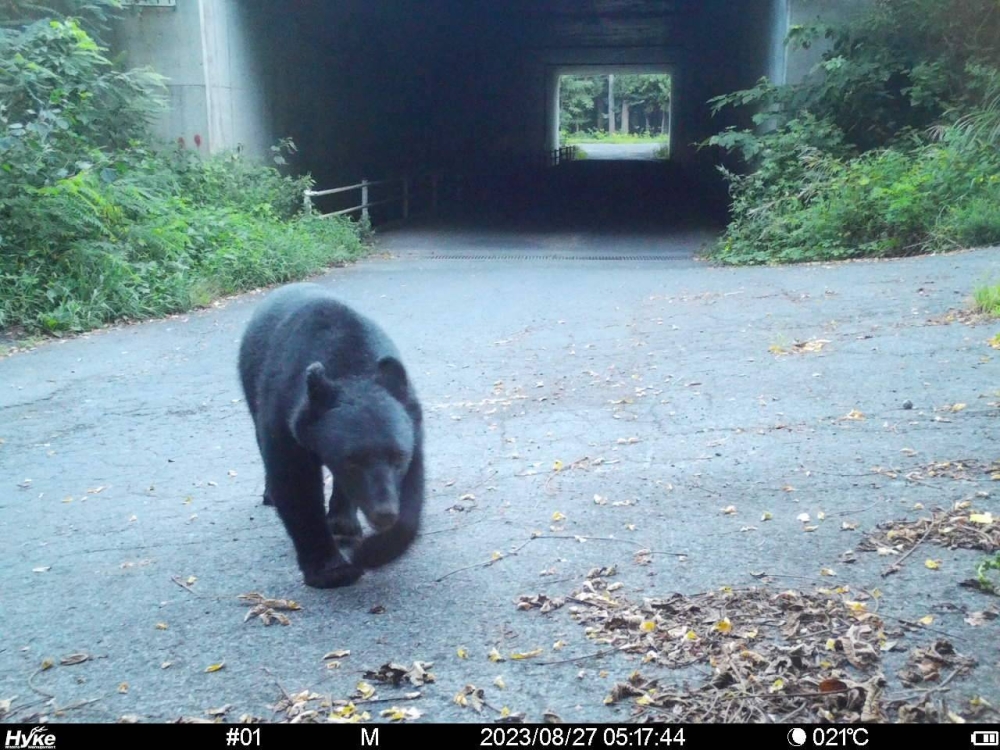 |
| Ussuri brown bear |
Bear attacks have become increasingly common in regions where bears coexist with humans. Similar to other animal attacks, these incidents are primarily caused by human-related factors that influence the interactions between bears and people. Japan has witnessed a surge in bear attacks, particularly in Akita and Iwate Prefectures. For instance, in a recent incident, a 75-year-old woman in Hachimantai city lost her life after being attacked by a bear while mushroom picking with her husband in a nearby mountainous area. Her husband, who attempted to protect her, also sustained injuries to his head and hand and was hospitalized in Morioka city. On the same day, five individuals, including a 16-year-old girl, were attacked in Kitaakita city. An 83-year-old person suffered a broken arm and shoulder in the attack. Additionally, earlier this month, an Asian black bear attacked four elderly citizens in a residential area of Akita. The number of bear attacks in Akita Prefecture reached 39 from April to October 11, marking the highest since 1979 when records began. Furthermore, the number of bear sightings reached 1,785 as of October 9, the highest since 2009. Iwate Prefecture also reported an increase in such incidents, with 34 people attacked from April to October 12, resulting in one fatality. To address the situation, local authorities have been distributing leaflets advising people to exercise caution while outdoors. According to Shinsuke Koike, an ecology professor at Tokyo University of Agriculture and Technology, the scarcity of acorns is driving bears to search for food in unfamiliar areas. Bears are attracted to compost waste, chestnuts, and persimmons, emphasizing the importance of locals not leaving fruits and nuts unharvested in fields or trash, which can draw bears into populated areas.
 |
| An Ussuri brown bear captured on trail camera in Kazuno. |
I strongly believe that urgent measures are necessary to prevent deadly encounters between bears and humans in Akita and Iwate Prefectures. These actions should include proper disposal of trash in bear-proof containers and carrying bear spray while hiking. However, I personally consider investigating the scarcity of acorns to be the most crucial approach. Understanding the reasons behind this scarcity is vital in comprehending why bears venture into residential areas in search of food, especially during this time of year when they need to stock up for winter hibernation. When their natural food sources decline, bears are forced to seek nourishment elsewhere, often leading them into human habitats and resulting in tragic, fatal encounters. A poignant example of this is the Sankebetsu Brown Bear Incident that occurred over a century ago in Hokkaido, Japan. This incident, involving an Ussuri brown bear, claimed seven lives and injured three others. It was a consequence of human-induced factors such as deforestation and the depletion of the bear's natural diet. I believe this historical event should serve as a valuable lesson for local residents, particularly those living near bears, regarding the reasons behind bear attacks and the factors driving their dangerous behavior. Moreover, it should guide researchers and wildlife officials in their efforts to mitigate human-bear conflicts and deepen their understanding of bear behavior. Therefore, it is imperative to investigate the scarcity of natural foods like acorns that are essential to bears' diets.
No comments:
Post a Comment